Latest NRAO News
News is managed by NRAO News & Public Information. Questions about News? Have a story to share? Want to interview a scientist or create new media about our telescopes?

Associated Universities, Inc, and the National Radio Astronomy Observatory have awarded the 2008 Karl G Jansky Lectureship to Dr Arthur M Wolfe of the University of California, San Diego.
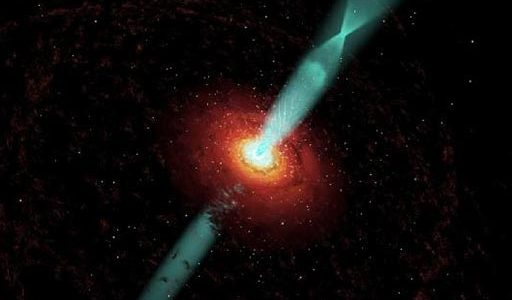
At the cores of many galaxies, supermassive black holes expel powerful jets of particles at nearly the speed of light.
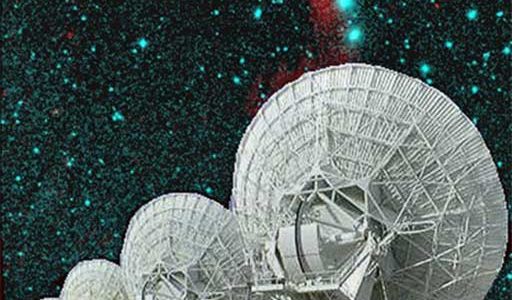
An international project to make the world’s most productive ground-based telescope 10 times more capable has reached its halfway mark and is on schedule to provide astronomers with an extremely powerful new tool for exploring the Universe.
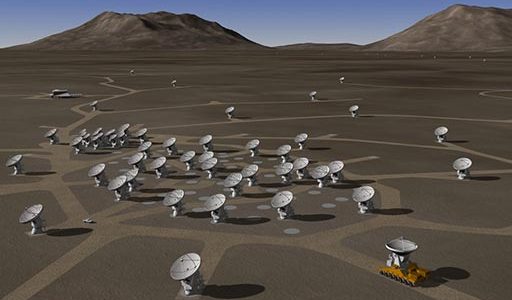
In the thin, dry air of northern Chile’s Atacama Desert, at an altitude of 16,500 feet, an amazing new telescope system is taking shape, on schedule to provide the world’s astronomers with unprecedented views of the origins of stars, galaxies, and planets.
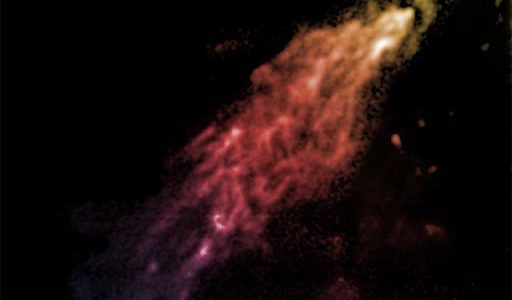
A giant cloud of hydrogen gas is speeding toward a collision with our Milky Way Galaxy, and when it hits — in less than 40 million years — it may set off a spectacular burst of stellar fireworks.
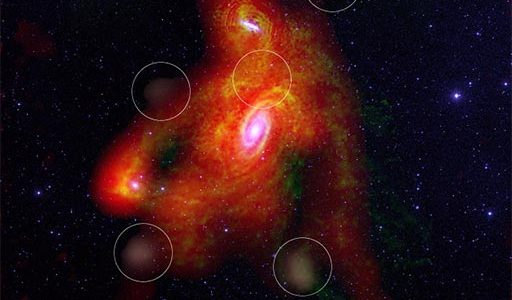
A composite radio-optical image shows five new clouds of hydrogen gas discovered using the National Science Foundation’s Green Bank Telescope.





